Web design is a competitive field that requires its adepts to have a working knowledge of multiple disciplines while mastering others. A highly competent web designer will, for example, be knowledgeable about typography, accessibility, usability, CSS, and responsive design among many, many other topics. It’s not a job for the faint of heart.
If you’re a regular human being, right now you might be asking yourself, “Just how is an average Joe supposed to learn all those subjects and keep up with new developments?” If you’re expecting an easy answer, we’re sorry to disappoint. There’s a reason, after all, why there’s such demand for skilled web designers.
The good news is there are plenty of online resources available for everyone to level up their design skills if they’re properly motivated (as you surely are), and today, we’re going to be focusing exclusively on free web design ebooks.
- 1 1. The Elements of Typographic Style Applied to the Web
- 2 2. Just Ask: Integrating Accessibility Throughout the Design
- 3 3. Designing for the Web
- 4 4. Web Designer’s Success Guide
- 5 5. Responsive & Adaptive Web Design
- 6 6. Web Design Trends 2015–2016
- 7 7. Pocket Guide to Writing SVG
- 8 8. Adaptive Web Design
- 9 9. Magic of CSS
- 10 10. Data + Design
- 11 11. The UX Reader
- 12 Conclusion
1. The Elements of Typographic Style Applied to the Web
If you’re a fan of typography, you’re in for a treat. This compelling treatise, which covers the ins and outs of typographic design as applied to the web, was launched in 2005 (though it was updated during the second half of 2015) and was inspired by Robert Bringhurst’s classic, The Element of Typographic Style, which was first published in 1992 and has since become a reference in the field.
Richard Rutter took on the titanic task of going through Bringhurst’s classic and translating all of its timeless wisdom to clear cut HTML and CSS. The book still remains a work in progress; so far it covers mostly topics pertaining to text rhythm, proportions, and harmony. Some of our favorite topics include Kern consistently and modestly or not at all, Choose a basic leading that suits the typeface, text, and measure, and Don’t compose without a scale.
On 2014 – almost ten years after the project was launched – Rutter opened up its source code on GitHub, so that other typography enthusiasts could take it upon themselves to update its content.
2. Just Ask: Integrating Accessibility Throughout the Design
While this book’s homepage may not be much to look at, the advice found therein is well worth putting up with a barebones website. Its author, Shawn Henry, is renowned for her work organizing web accessibility education and outreach activities at the World Wide Web Consortium, on top of having worked with Fortune 500 companies in optimizing UX experience. If that isn’t enough to sell you on the book, Jeffrey Zeldman of A List Apart had the following to say:
Shawn Henry lives and breathes accessibility. Her book is everything you’d expect it to be: straightforward, practical, rigorous, and uplifting.
Throughout the book, readers are introduced to the basics of accessibility in design, analyzing user group profiles, multiple scenarios, which screening techniques to apply to their projects, in-depth usability testing procedures, and even how to involve people with disabilities in your projects.
3. Designing for the Web
Mark Boulton touches upon the same idea we mentioned during our introduction in this book: how designing for the web is a unique field in how many different skills it requires its practitioners to understand, as well as the kind of people which are attracted to this kind of work (and no, the answer isn’t madmen).
Designing for the Web serves as an introduction to new designers to what working for the web entails, going over the process of how to land your first job, working for an agency, understanding its workflow, which tools you’ll be expected to use (although this section is a little behind on the times), how to strike out on your own as a freelancer, and putting together a website using design fundamentals. The book also goes into depth regarding said fundamentals, or at least three key aspects of web design: typography, colors, and layouts.
4. Web Designer’s Success Guide
This one is a little different from the other books you’ll find in this guide. Whereas the other books will guide you through the nuts and bolts of web design, this one is meant to serve as a succinct guide of how to make money as a freelance web designer – which is sure to be a topic of interest for many of you.
Even though the book was written in 2006, most of the practical business advice it dispenses is still perfectly applicable to today’s world (but do feel free to disregard its suggestions regarding which tools to use). Within, you’ll find actionable advice as to how to transition into freelancing, finding and retaining new clients, marketing yourself, managing your projects, and pricing your work.
These are all skills that any freelancer, regardless of his field, should incorporate into their toolbox if they hope to achieve any kind of success, doubly so for web designers, considering the amount of competition we face nowadays.
5. Responsive & Adaptive Web Design
Responsive & Adaptive Web Design is the brainchild of the same folks behind the UX design platform, UXPin. More specifically, it was put together by Jerry Cao, Ben Gremillion, and Matt Ellis. Inside, you’ll find some great insight about how to provide a consistent experience across devices, the basics and best practices concerning responsive and adaptive design, an introduction to mobile-first design, and several case studies concerning how to keep UX design consistent across devices.
These case studies are one of my favorite parts of the eBook, as they use famous websites as their examples (The Guardian, Smashing Magazine, Lookout, and Hulu Plus), and break down the design choices which were made when designing their mobile counterparts.
6. Web Design Trends 2015–2016
Yet another book by the folks over at UXPin (they’ve released dozens of free web design eBooks) – in this case, a collaboration between Jerry Cao, Carrie Cousins, and Kamil Zieba. If you go into this book expecting a brief overview of web design trends, you’ll be pleasantly surprised when you find out it clocks in at a respectable 186 pages (much more than usual for these kinds of online resources), which not only go over the trends in question but also provide examples, as well as free resources and tools which you can use to replicate the effects seen therein.
Web Design Trends 2015–2016 explores flat design, functional minimalism, card UI patterns, immersive interactions, web animations, dramatic typography, vibrant colors, captivating photography, long scrolls, and HD backgrounds.
7. Pocket Guide to Writing SVG
You may recall that we discussed one of SVG’s coolest applications a while ago in How to Create an Animated Logo with SVG and CSS. However, if you’re still unfamiliar with the format, a Pocket Guide to Writing SVG by Joni Tryhall is a perfect introduction to the subject (and the book’s website is pretty delightful to boot).
While the book itself isn’t that long, it contains everything you need to know in order to get started manipulating SVGs, along with an introduction to some of the format’s more advanced features. Before putting this pocket guide together, Joni also created a few other SVG tutorials, such as Animating SVG Gradients, A Look At SVG viewBox and viewport, and Animating SVG text Alon A Path, all of which make for perfect complementary reading after you’re done with the book.
8. Adaptive Web Design
Adaptive Web Design is a 144-page book written by Aaron Gustafson, a web standards advocate currently working at Microsoft, writer at A List Apart, and lecturer, among many other qualifications. This book is a unique beast as far as the topic it tackles, since it was pretty much the first of its kind to thoroughly discuss the philosophy and process of adaptive design.
If that sounds like mumbo-jumbo to you, take five minutes out of your busy afternoon (or middle of the night – we know how the life of a designer is) and check out its first chapter, which entreaties the reader to think about the user instead of the browser during the design process, before diving into the fundamentals of progressive design with markup, CSS, JavaScript, and accessibility.
9. Magic of CSS
Here’s a perfect little book full of magic CSS tricks to liven up your parties – or at least that’s how the author should be marketing it. The magic of CSS is a compilation of what Adam Schwartz has learned during his career as a web designer and developer, and in fact, it’s the very same book he uses to teach a weekly CSS course to a team of HubSpot engineers.
That being said, this book is meant for people who already have a basic understanding of CSS, since it dives right into the content. Either way, you’re in for an interesting read.
10. Data + Design
Data + Design is an eBook meant to instruct designers as to how to properly present data visually, which as you may imagine is a pretty fundamental skill to have in today’s data-driven world. The book itself was created in collaboration by over 50 international volunteers and it covers several interesting topics such as deciding which data to illustrate, the anatomy of a graphic, the importance of colors, fonts, and icons, and which common visualization mistakes designers should avoid.
This may seem like a pretty niche topic, but if we were to bet, we’d say that having probable experience designing data visualizations could open a lot of job opportunities in the near future.
11. The UX Reader
The UX Reader is a user experience book crafted by the MailChimp team that was born out of a lot of their past articles, refined, put together, and with a lot of new content thrown in for good measure. As you might expect from MailChimp, the book not only provides an interesting take on UX design, it also dishes out invaluable career advice and workflow recommendations.
Over the course of this book, readers will go over the process of putting together a UX team and collaborating on a design, from the perspective of a giant in the industry.
Conclusion
While books are a wonderful resource (and don’t let anyone tell you otherwise!), they alone won’t be enough if you’re looking to keep your design skills sharp. To achieve this, you’ll also have to devote some of your time to putting their advice into practice. Learning and practicing are, after all, the surest way to making it to the top of any field if you have the proper motivation.
Sadly, we didn’t have the space to include as many books as we would’ve liked. However, within our picks, you’ll find actionable advice for multiple key design disciplines such as:
- Typography
- Accessibility and UX
- Responsive and adaptive design
- Using CSS and SVGs
- Incorporating data into your designs
- Web design trends
What’s the best advice you’ve ever gotten during your career as a web designer? Subscribe and share your advice with us in the comments section below!
Article thumbnail image by Paladjai / shutterstock.com





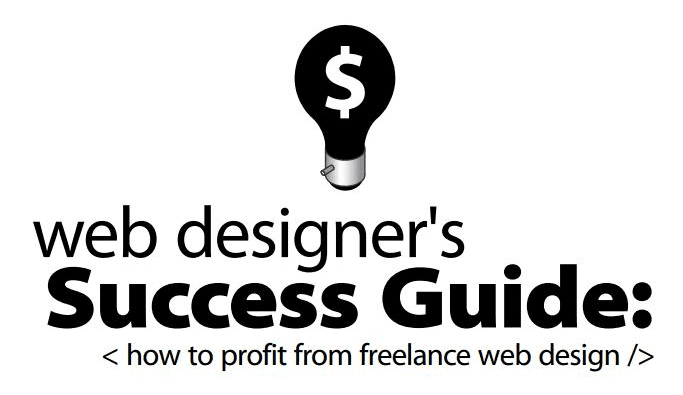


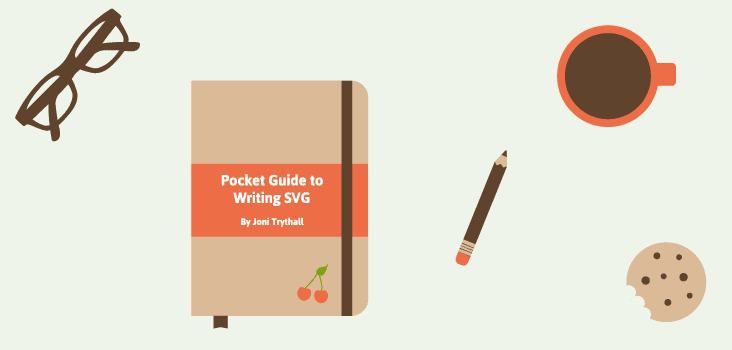
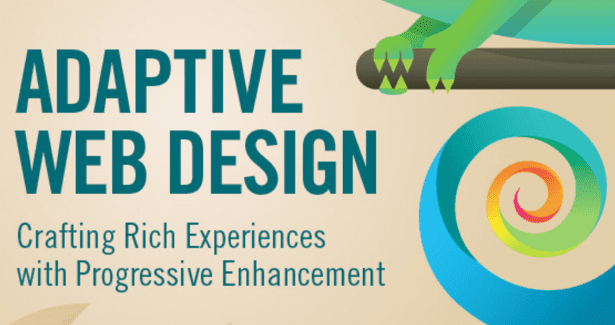
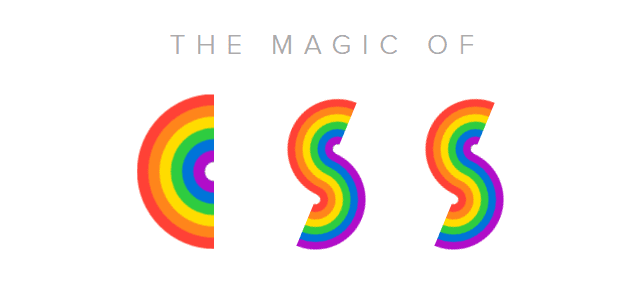
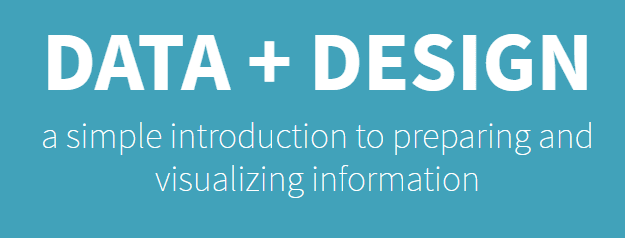
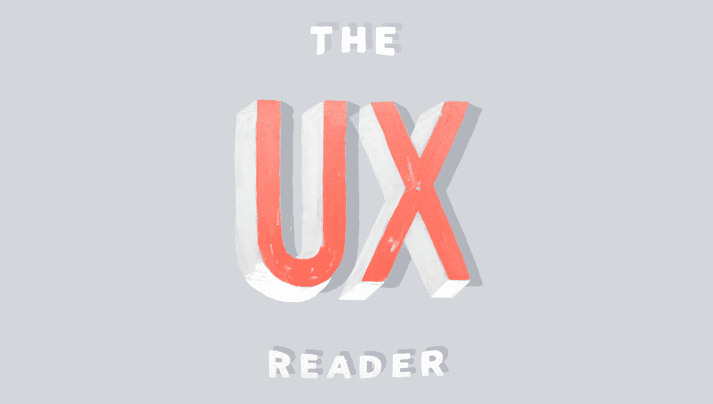







This is such a valuable list of resources for anyone who wants to learn, or just get better at, web design and development. Thanks so much.
Thank you, Priya. 🙂
Thank you very much, as usually very good stuff on elegantthemes blog, easy to read, inspiring…actually only blog I read on the regular basis
Thanks for the kind words, Peter. 🙂
Nice post. Thank for sharing. I hope you will share more in the future. I will always keep track of all your shared.Thanks
Thanks, Danny!
Thank you for sharing. I admit, the magic of CSS is one of my favorites. I always read it when am free since CSS is one thing I like.
Thanks for your insight!
Simple and very practical. Here shows how to simply complicated design. I recommend it to anyone wants to improve their skills.
Thanks, Mayur!
Fantastic post! Thanks for sharing the great resources.
Related to this post, one of the most valuable pieces of advice I ever received from someone in the field was to place an emphasis on a lifetime of learning and adapting, as opposed to the college mentality of memorizing what you need to learn in order to pass your exams and get your degree.
Indeed, Ryan! It’s related to that old adage about driving a car: First you pass your test, then you learn to drive! Thanks for your comment!
awesome post, quite educational and informative. Please keep it up
Glad you enjoyed it Ekpono.
I must say, you are very thorough and use a “broad brush” in your research. Have been reading your blogs for quite a while and appreciate them. Well done Tom.
Thanks, Christopher!
Thanks for reading Christopher 🙂
Thank you very much, as usually very good stuff on elegantthemes blog, easy to read, inspiring…actually only blog I read on the regular basis
Thanks Tomasz!
Nice post – I don’t know if I’ve commented here yet, but as the owner of the lifetime license here at Elegant Themes your blog is phenomenal. Every day there’s something great to read and increase your skills as a web designer.
You have inspired me to open my own business and make great websites for businesses.
I’m really glad to hear that Steve. As the editor of the blog I know myself and the whole team are always trying to increase the value of being plugged into our community by providing content that enhances the skills and solves the problems of people using both WordPress and our themes/plugins.